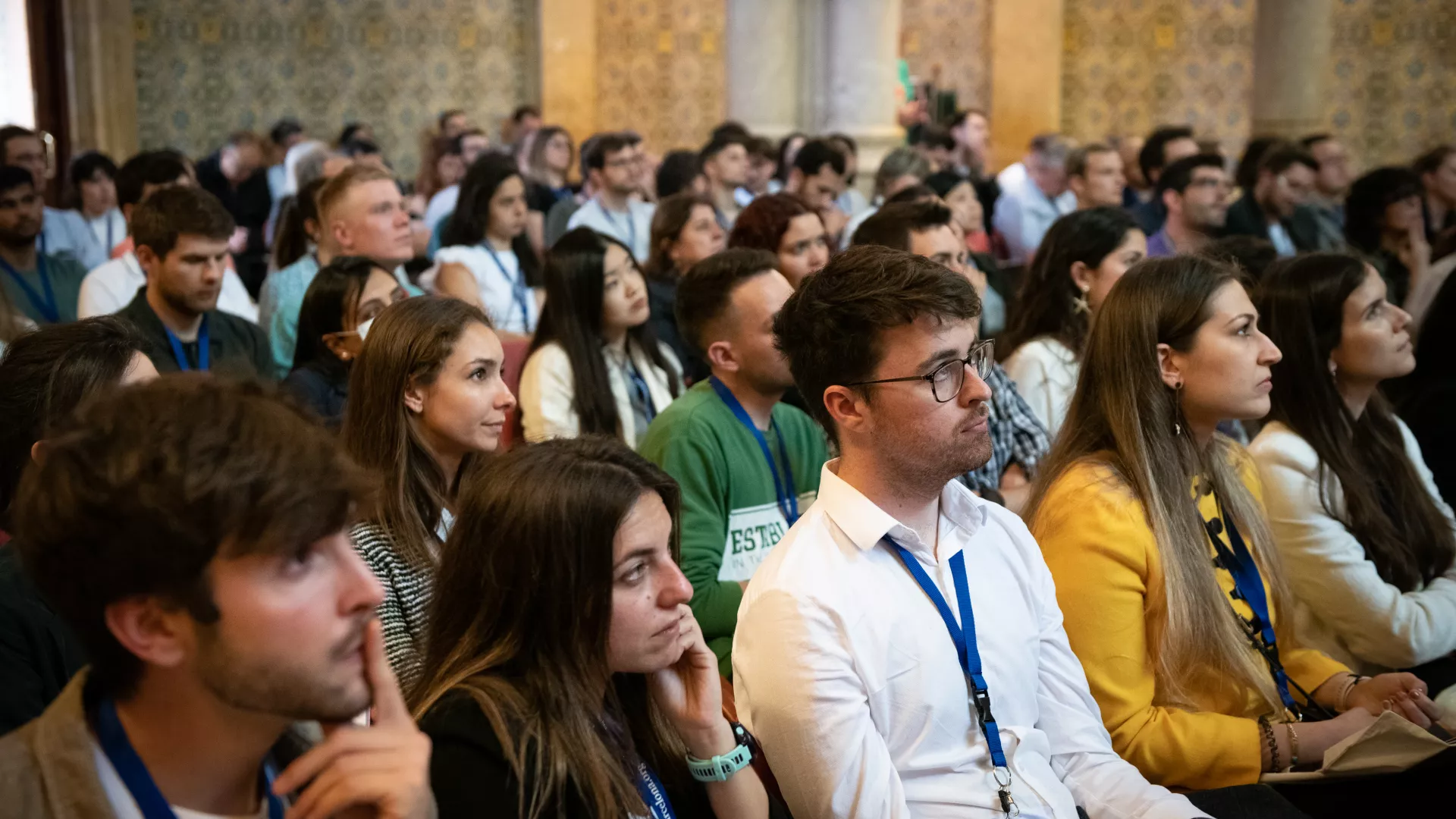Presentation
Organizer: IRB Barcelona
Date: Friday, Oct 18 at 12:00PM
Place: Fèlix Serratosa
Speaker: Josep Rizo, Ph.D. Virginia Lazenby O'Hara Chair in Biochemistry - Professor, Departments of Biophysics, Biochemistry and Pharmacology - UT Southwestern Medical Center, Dallas, USA.
Hosts: Xavier Salvatella, Ph.D. - Group Leader IRB Barcelona - Laboratory of Molecular Biophysics LAB - Mechanisms of Disease Programme and Emeritus Professor Dr. Ernest Giralt.
Title: "How is neurotransmitter release triggered in microseconds"
The release of neurotransmitters by calcium-triggered synaptic vesicle exocytosis is crucial for interneuronal communication and involves very fast (< 1 ms) vesicle fusion with the plasma membrane upon calcium influx into a presynaptic terminal. Great advances have been made to understand the molecular mechanisms underlying this process, but two central questions have remained unanswered: how is membrane fusion induced and how does Ca 2+ help to trigger fusion in microseconds. Thus, it is known that the SNARE proteins syntaxin-1, SNAP-25 and synaptobrevin form a tight four-helix bundle called the SNARE complex that ‘zippers’ from the N- to the C-terminus to bring the synaptic vesicle and plasma membranes together, but bringing membranes into contact is not sufficient for fusion. It is also clear that the SNARE complex is disassembled by NSF and SNAPs to recycle the SNAREs, that Munc18-1 and Munc13 orchestrate SNARE complex assembly through an NSF/SNAP-dependent pathway, and that the Ca 2+ sensor synaptotagmin-1 triggers fast release in cooperation with the SNAREs, but the mechanism of action of synaptotagmin-1 is unknown. Our all atom molecular dynamics simulations now suggest that extension of the SNARE helices into the juxtamembrane sequences preceding their transmembrane regions initiates fast, microsecond scale membrane fusion because the hydrophobic transmembrane residues are brought into the polar membrane-membrane interface, where they catalyze encounters of the hydrophobic acyl chains of lipids from both membranes. Catalysis of such acyl chain encounters is likely to underlie all types of biological membrane fusion, including viral fusion. Our simulations, together with NMR and FRET data, also suggest that helical extension into the juxtamembrane regions is hindered by energy barriers and that synaptotagmin-1 acts as a lever that, upon Ca 2+ influx, facilitates such extension by re-orienting on the membrane and pulling the SNARE complex. This model is supported by Electrophysiological results from the lab of our collaborator Christian Rosenmund.
IMPORTANT: For attendees outside the PCB community you must register at least 24h before the seminar

